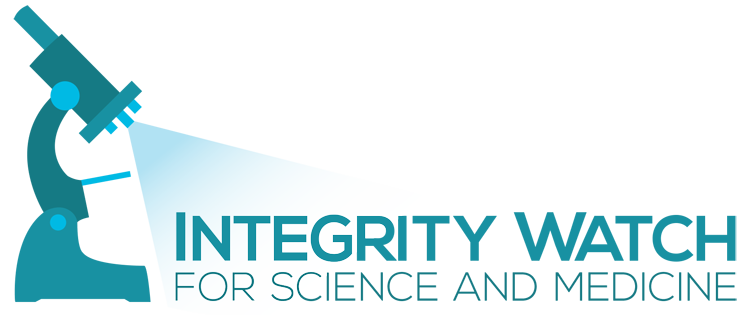Last week I went to the annual meeting of the Radiation Research Society in Las Vegas. I had a poster on display during the entire meeting in the poster room and was scheduled to stand by and explain it during a 1.5 hour period. My poster can be viewed by going to my website (www.helenezhill.com), go to the Publishing tab and click on the link in the 1st paragraph. The poster asks, regarding scientific misconduct (falsification, fabrication and plagiarism), “How much is there? Who does it? How much does it cost? and What to do about it?” I tacked an envelope to the bottom of the poster containing 22 copies of my recently published on-line article with Joel Pitt: (HZ Hill, JH Pitt. Failure to Replicate: A Sign of Scientific Misconduct? Publications 2014, 2, 71-82; doi:10.3390/publications2030071). When the meeting was over, 5 copies of the paper had been taken from the envelope. During my 1.5 hour for standing at my poster, I talked with 2 people. One was an old friend, the other was a radiation scientist with the same surname as mine. There were 700 radiation scientists in attendance at the meeting. Looks like my presentation garnered an interest index of 0.007.
The article in Publications raises some serious statistical questions about the data in 2 previously published articles in Radiation Research, the official journal of the Society (Bishayee A, Rao DV, Howell RW. Evidence for pronounced bystander effects caused by nonuniform distributions of radioactivity using a novel three-dimensional tissue culture model. Radiat. Res. 1999, 152, 88-97 and Bishayee A, Hill HZ, Stein D, Rao DV, Howell RW. Free-radical-initiated and gap-junction-mediated bystander effect due to nonuniform distribution of incorporated radioactivity in a three-dimensional tissue culture model. Radiat. Res. 2001, 155, 335-344). I had sent the Publications article to the Editor of the journal, the president and the president-elect of the society requesting that the possibility of retraction of the 2 papers be discussed at the meeting of the Council of the society which would take place at the annual meeting. I do not know whether this occurred and the minutes are not made available to the members. Of the 3, only the President-Elect (now the President) has acknowledged any concern.
I had the opportunity to speak with the Editor, Mark Mendonca, and with another person (who does not wish to be quoted) who is prominent in the leadership of the Society. Both of them urged me to give up my quest. Mendonca told me that it would be illegal for him to retract the papers (not that I was asking him to do it — just that it be presented and considered by the Council). I would like very much to see that law that he would be breaking. They both emphasized that I had failed to convince two university committees, the Office of Research Integrity (ORI) of the US Public Health Service and that I had lost a qui tam case in the federal courts and that was enough for them. Mendonca averred that he agreed with the judge’s decision — which, by the way, had nothing to do with the science (the Appeals Court judge stated “we are just judges, I never took a science course in my life”). The data in the 2 papers were never considered by the 2 committees, the ORI or the judge so the stance of these 2 learned gentlemen, Mendonca and Dr Anonymous, was clearly off the mark. Dr Anonymous gave me an angry lecture during which it was impossible for me to get a word in edgewise. I wanted to show him a spreadsheet demonstrating that 16 out of 18 graphs in the grant application and renewal that had supported the research were backed by very suspicious data but he refused to look at our statistical analysis.
The Retraction Watch keeps track of journal articles that have been retracted and has by now it has about 35,000 followers. The Ithenticate website estimates that there are about 7,000,000 scientists throughout the world, so the global interest index in scientific misconduct is about0.005, pretty close to the interest index of members of the Radiation Research Society.

Leave a Reply